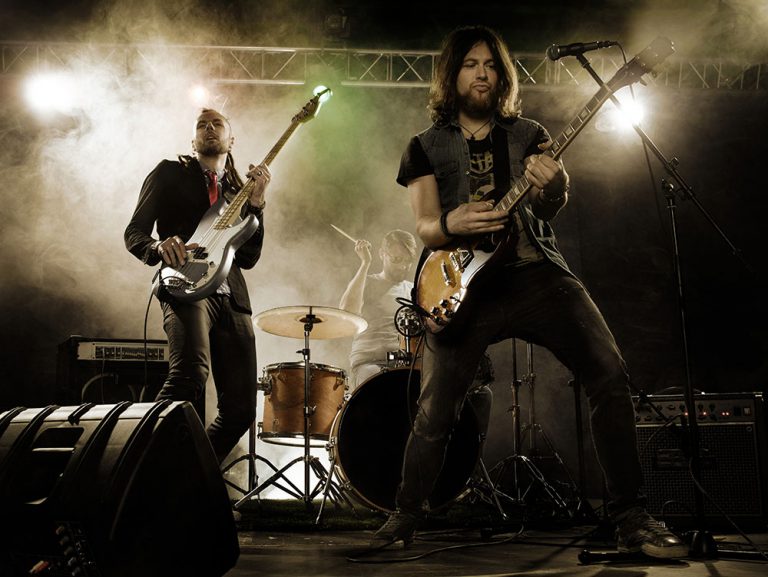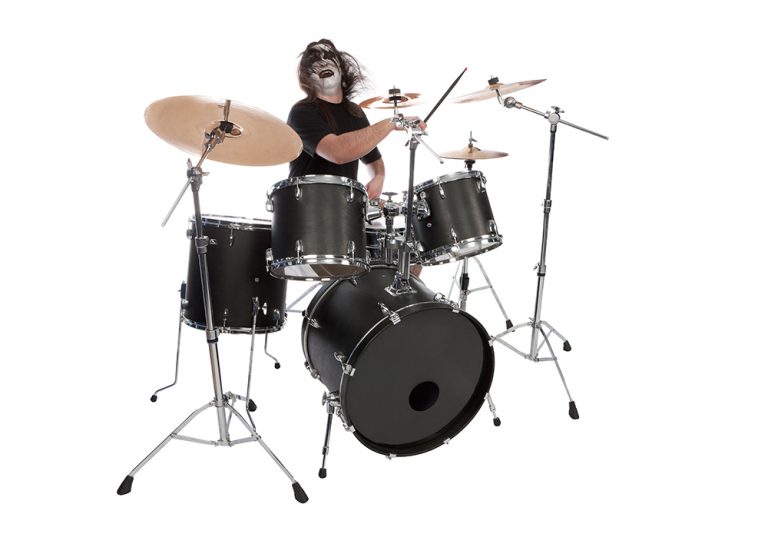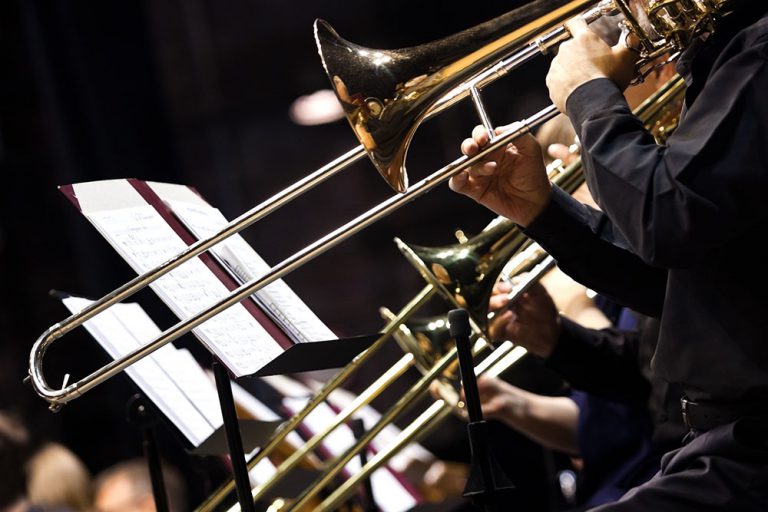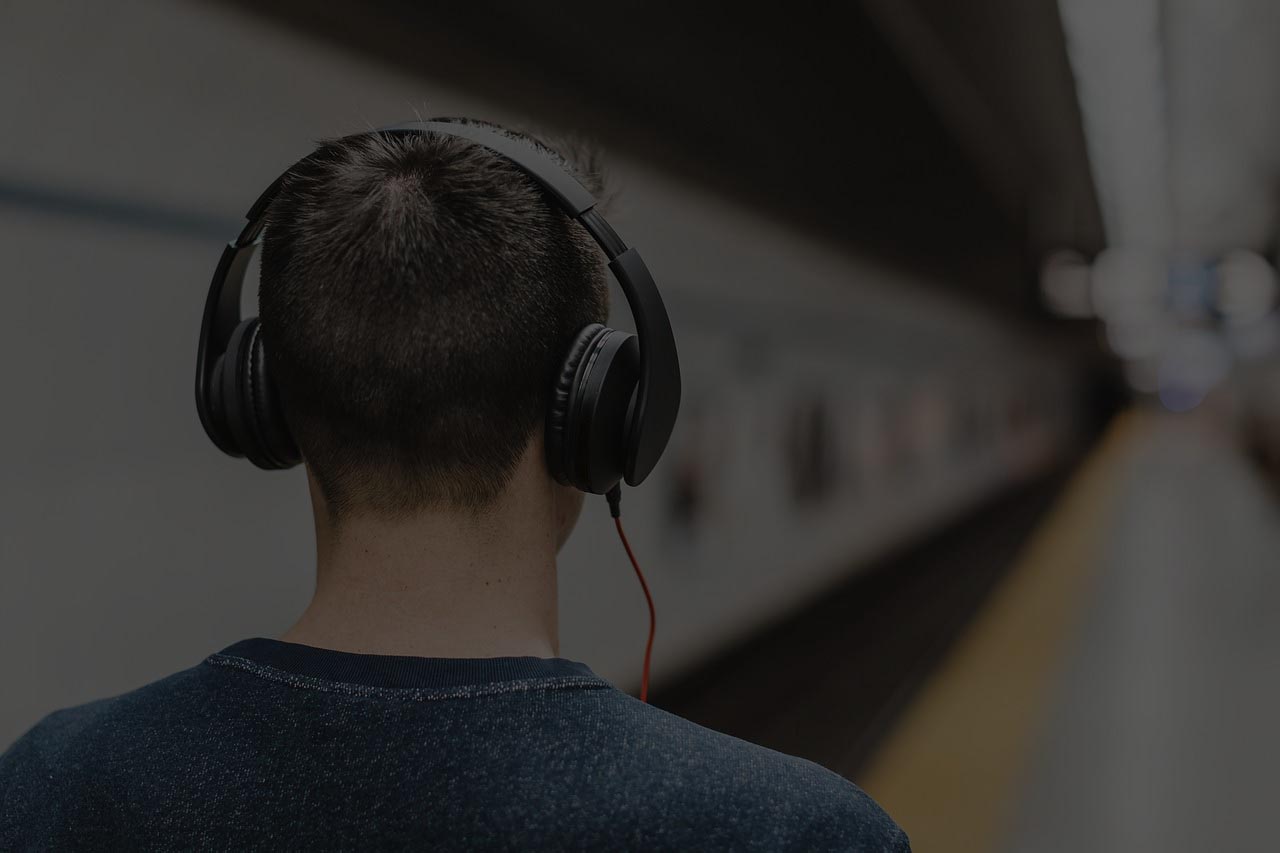As a musician, hearing is your most vital resource. If you can’t hear what you’re playing, it’s difficult to give your best performance.
You may also spend a great deal of time rehearsing and performing, both of which can cause exposure to high sound levels and in addition, listening to music during recording, recreation and also when travelling.
What are the risks for your hearing?
With reproduced sound exposure outside of your rehearsal and performance periods, there is a real risk of exposure to large sound doses resulting in avoidable Noise-Induced Hearing Loss (NIHL). Listening to music via headphones is one if the main causes of NIHL as we usually listen at a high volume or for long periods of time, exceeding our safe hearing dose.

Ear Protection For Musicians
Hearing damage is difficult to detect initially as the effects of high volume levels are generally considered to be cumulative. As your hearing is affected gradually, it is unlikely that you will notice it until the damage reaches a level where it starts to impair your life.
The secret sounds obvious – reduce the dose. This means either reduce the level; tricky, (especially if you have a drummer) or reduce the exposure time – more tricky (especially if you give the drummer a solo).
There are two areas where your hearing is most at risk: Acoustically (rehearsing, playing on stage, going to gigs and clubs etc.) and Electronically – by which we mean sound you are listening to on headphones, earpieces etc: Reproduced Sound.
There are a significant number of well-known musicians who suffer from hearing loss because they have endured years of playing on stages with wedge monitors at their feet, whilst competing with loud drummers and amp stacks. However, there are also many “semi-pro” musicians who play in pubs and clubs where sound levels can actually be higher than those on-stage at Glastonbury, due to their proximity to amps and drums and the size of the stages or rooms they are playing in.
Recent years have seen the development of technologies that can help to protect hearing in these situations.
The simplest and most affordable is the use of Hearing Attenuators. These are custom moulded earplugs that have a diaphragm which attenuates all frequencies fairly evenly thus acting like a “pair of sunglasses“ for the ears. They are very different from ordinary foam or wax earplugs, which will make the sound very muffled and hard to hear (much like the NIHL we’re trying to stop!).
Attenuators work really well although they will take some getting used to, as things do sound different when your ears are not being overloaded – persevere and you’ll realise that the reason they sound different is that you can hear everything much better.
They are a good solution for rehearsing as they are comfortable to wear for long periods, and more and more orchestral players are using them these days as well.
In-Ear Monitors (IEMs) are becoming more widely available as the cost of the components comes down. The custom moulded types are particularly effective at isolating you from the ambient sound on stage, and they can work very well, but you need to really trust your monitor mixer when using IEM’s, as the drivers are really sensitive and are mounted very close to your eardrum, so any mistakes on his part can be very damaging. Although the mix is (or should be) level limited before it’s transmitted, you are still at liberty to turn up the receiver and produce damaging levels at the eardrum, and unless you use the earpieces supplied with the unit, any limiting in the beltpack is potentially useless at best, and dangerous at worst. Unless the limiting is calibrated to the earpieces in use, there is no way of knowing how loud the signal reaching your ears is.
Not sure of the best way to protect your hearing?
Talk to our team
It’s also important to keep both earpieces in your ears all the time you are playing as removing one will remove the isolation from the ambient noise, and will make you turn up the level to compensate for the ambient sound going into the unprotected ear.
Make no mistake – IEM’s and attenuators sound different to using wedge monitors, but that’s probably because your ears are not being overloaded.
You really have no control over sound levels when you go to gigs and nightclubs, so, either restrict your time in the loud areas, or wear your hearing attenuators (ideally, do both). If the sound level is over 94dB (which is common) you’ll have less than an hour of exposure before you risk damage and that’s not taking into account any other high-level sound you have been exposed to that day.

If we look at your reproduced sound listening, the situation is both simpler and more complicated, after all, you’re only listening to reproduced sound when you’ve got your earpieces on, so to reduce the dose, you can simply remove the headphones for a while. This is obviously not practical, so the only other way is to adjust the level. There is currently no way to accurately measure the sound level from headphones and earpieces outside of a laboratory, and every make and model of headphones will produce a different sound level in your ear for the same signal level. This means that setting an arbitrary maximum level (as most Smartphones now do) is at best disappointing and at worst dangerous.
You can also use LimitEar’s HDM® Pro to manage your reproduced sound exposure in conjunction with a belt pack and IEMs, for rehearsal and performance, and if you do much listening on a Smartphone, you should consider using our app HearAngel® to accurately monitor and control your listening levels.
Ear Protection for Drummers
As a Drummer, you are at high risk of Noise-Induced Hearing Loss (NIHL) as your instrument is acoustically loud – you may well encounter levels up to 120dB while you are practising and playing. This means it is important for you to take your hearing health seriously and minimise your exposure to ambient noise. We’d recommend using the protections highlighted above: Hearing attenuators or IEMs when practising, and HDM®Pro when performing using headphones or IEMs.
Results of using hearing protection
Whilst you may still end up with an overall sound dose, both acoustic and reproduced, above the levels that are recommended in the Noise at Work Act and by hearing health professionals, you are likely to have reduced your sound dose significantly. This will help you to avoid irreversible damages to your hearing and allow you to keep playing for years to come.
If you’d like to discuss the ways you can protect your hearing against NIH, fill in our contact form or give us a call and we’d love to help you.

